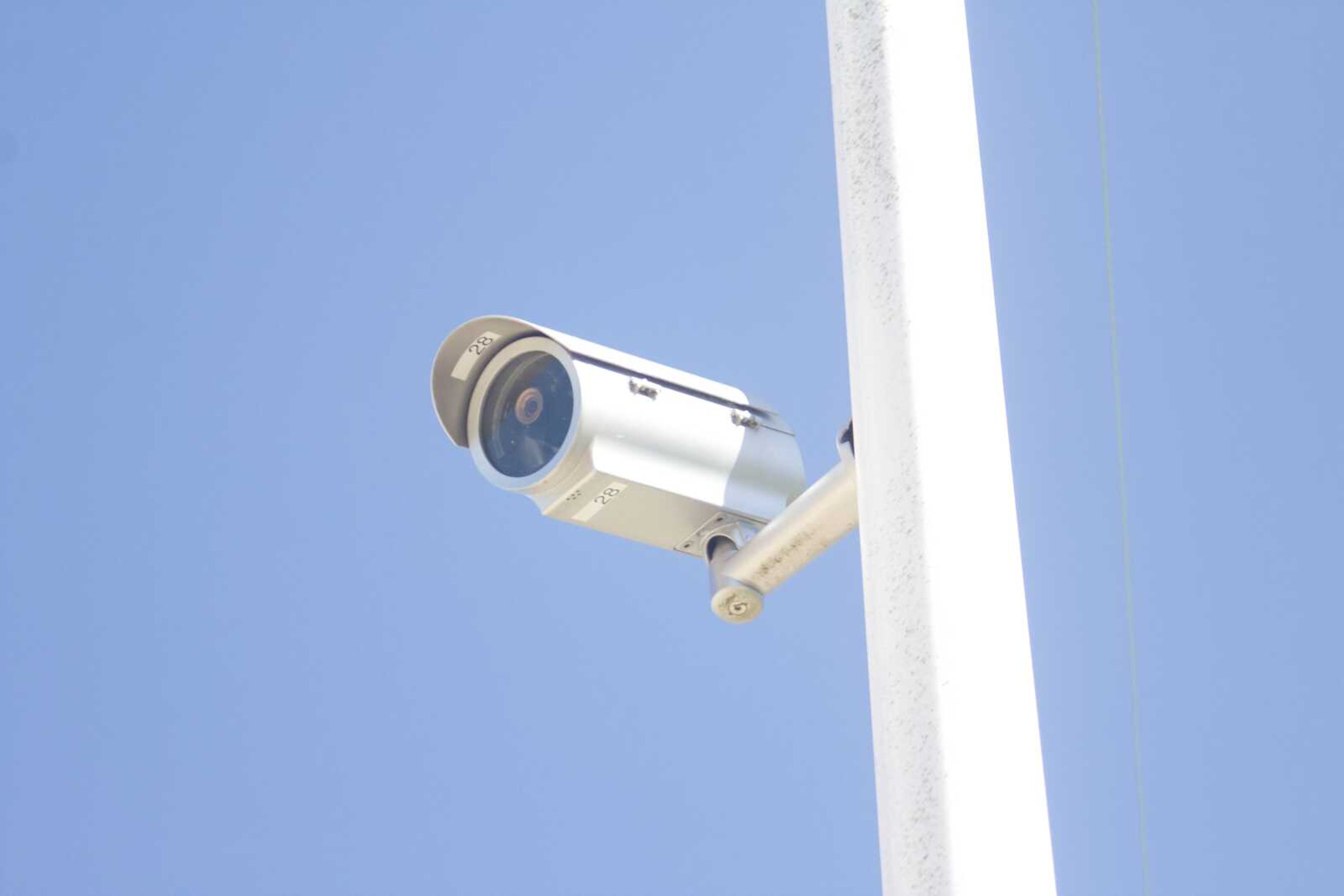Editor’s note: part of this article was changed to better reflect how DPS dealt with an employee.
After an Aug. 26 hit-and-run incident, the Department of Public Safety discovered a recording issue in a campus security system that affected multiple cameras.
Brian Schnurbusch, director of campus infrastructure for the Information Technology department, said the problem occurred within the server’s hard drive. The issue, he said, was unknown prior to accessing it because the cameras appeared to be operating normally.
“From all perspectives, it looked like the cameras should have been recording, but when we went to go pull the footage from it, that’s when it was telling us there was nothing there,” Schurbusch said. “There was something in that drive array in the server that prevented it from recording.”
After the hard drive issue was discovered, Schnurbusch said a technician began working on the problem immediately. Roughly 25 hours of immediate repairs were made to the security system, Schnurbusch said.
Schnurbusch said it is difficult to determine the specific issue because whatever went wrong did so within the hard drive, but said “any number of things” could have happened.To prevent further issues, all five hard drives were replaced.
Despite the university’s response upon learning about the hard drive issue, the upgrades don’t ease the situation for Southeast junior Mollie Emerick, whose car was involved in the August hit-and-run.
Emerick received a call about a possible hit-and-run on her vehicle at 1 a.m. on the morning of Aug. 27. Her vehicle was parked in a well-lit area in direct sight of a camera, so she filed a report and requested footage of the incident.
After Emerick said she did not receive a return call from DPS, she called the non-emergency number and reached an unnamed dispatcher whom she requested an update on the footage from.
When recounting her conversation with the dispatcher, Emerick categorized the responses she received as short and “unhelpful.” Along with the news the department did not have the footage of the incident involving her car, Emerick said the dispatcher claimed to be a supervisor and said things like, “this is why you have insurance,” and “You should contact your Congressman to budget us more money.”
“It’s a risk of safety of students,” Emerick said on Sept. 5. “We have hit-and-runs every night, and parking garages are notorious for sexual assaults. If that happened on our campus, we’d have no evidence of it.”
Emerick took to Facebook to express publicly her frustration as well, writing in an Aug. 27 post on the Living at Southeast group, “This is a security and safety risk, not to mention I now have to pay for something I cannot afford.”
As for the dispatcher, Glaus said this is not the behavior expected of anyone at DPS or the University, and the situation is being handled as a personnel issue. She did not go into further detail.
This was not the first instance this school year of cameras being utilized. According to Director of DPS Beth Glaus, there were three other instances where camera footage was requested, but Emerick’s case was the first in which footage was unavailable.
Glaus said DPS received five to 10 requests for footage per week last year, but only four this year.
Schnurbusch said all cameras are operational, and “anytime one goes down it is immediately replaced,” which happens more frequently with the newer Internet Protocol (IP) cameras.
“These newer IP cameras that we’re putting out there, they’re basically a mini computer on that pole,” Schnurbusch said. “They’re more susceptible to electrical interferences like lightning and water than what the old ones were. Any time a storm rolls through, you’ll find one or two out and we’ll be out there the next day putting new ones in.”
The hit-and-run that resulted in the discovery happened to Emerick
Of the roughly 411 cameras on campus, there are 200 IP cameras and 211 analog cameras as of Sept. 5. DPS will convert 25 analog cameras into IP cameras in early September. Although they are more delicate, the quality of the IP cameras is much greater than the analog cameras.
The university has been working on switching from analog to IP since 2013.
According to Glaus, $50,000 is budgeted annually for security system improvements, but the department “usually exceeds that amount due to unplanned circumstances,” such as lightning strikes.





